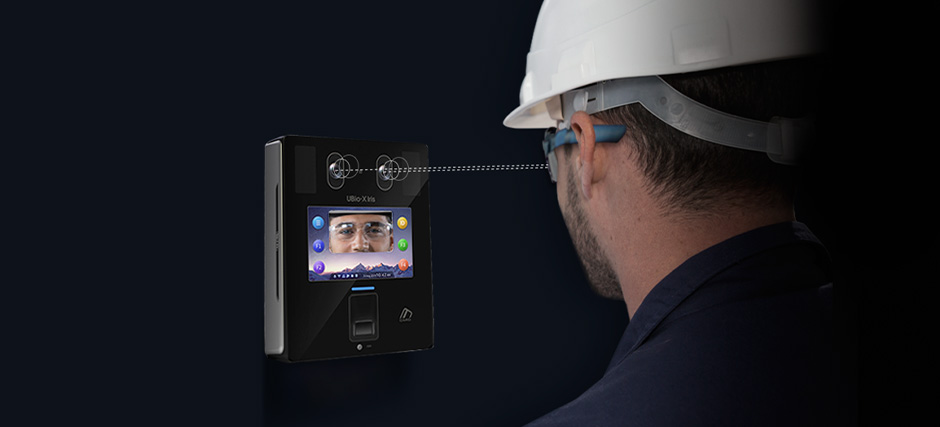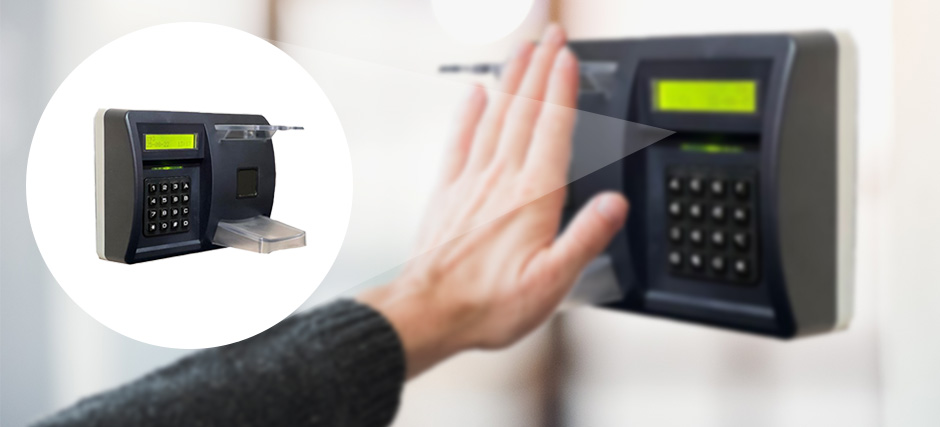HOW TO SELECT A GOOD BIOMETRICS ACCESS SYSTEM

There are numerous ways to keep business premises secure today. Among them all, one that stands out for its many features is the biometric system. It utilises biological traits, such as fingerprints and facial features, to ensure the authenticity of individuals before granting them access. Below are some of the factors your business should consider when choosing a biometric access system to help you fortify your security infrastructure.
1. Biometric Modality
Biometric access systems offer various forms of authentication; some of them have multi-modal capabilities, while others can only analyse one biometric trait. Although having three or more biometric modes is unnecessary, the ability to authenticate via different methods can bring greater benefits, such as enhanced accuracy and convenience.
When choosing which biometric modalities to use, it is important to consider the characteristics of the environment you’re limiting access to. For example, entrance to cleanrooms may require touchless biometric systems that use iris patterns or voice recognition.
Learn More: Types of Biometric Access Control Systems
2. User Experience

User experience defines how easily and comfortably individuals can interact with the biometric system during the authentication process. It can directly impact the system’s adoption rate, efficiency, and overall success.
A user-friendly biometric system should have a straightforward and intuitive interface that allows users to go through the enrolment and authentication process easily. This includes having near-instantaneous verification to avoid long waiting times and minimise disruptions to the user’s workflow, as well as adequate training, responsive customer service, and regular maintenance provided by your system provider.
3. Integration and Compatibility
In today’s interconnected world where multiple technologies and systems coexist, seamless integration of the biometric solution with existing infrastructure is crucial for optimal performance. This includes considering factors such as whether the device can be easily integrated with time attendance systems, or employee management platforms. Ensuring that the biometric system can communicate with the current infrastructure eliminates the need for costly modifications or replacements.
Software compatibility is also vital. A biometric system that can integrate smoothly with the organisation’s IT ecosystem, including databases, identity management systems, and other security applications can increase operational efficiency. It can even allow for future scalability should there be a need to integrate additional functionalities.
4. Storage and Management System
Biometric systems collect and store sensitive and unique data that must be managed carefully for the safety of all stakeholders. Businesses can protect the system against unauthorised access and potential data breaches by ensuring that it comes with robust encryption and secure storage protocols. This not only safeguards employees’ personal data, but also ensures compliance with relevant data protection regulations to avoid legal repercussions.
Additionally, the system should support easy enrolment and updating of biometric templates to allow for the easy addition or removal of users when necessary. This minimises the risk of outdated or inaccurate data to improve the system’s overall accuracy and performance.
5. Anti-Spoof Capabilities
Spoofing refers to the act of deceiving the biometric system by presenting fake or counterfeit biometric data. Addressing this vulnerability is crucial to the system’s effectiveness in safeguarding premises, assets, and users.
To counteract spoofing attempts, the system should incorporate technologies such as liveness detection in a biometric face recognition system to detect the presence of vital signs or behavioural cues that won’t be found in fake representations.
Multimodal biometric systems also contain excellent anti-spoof capabilities. By being able to cross-verify different biometric traits, the system becomes more resilient to spoofing attempts.
Choosing a good biometric door access system is a critical decision that requires businesses to go through a thorough selection process. By taking the above factors into consideration, you can strengthen your company’s security infrastructure with a dependable biometric system to provide a safer and more secure environment for all stakeholders.
If you’re looking for a reliable biometric system, iDLink Systems offers a variety suitable for different business types in Singapore. Get in touch with us to find out more about our security solutions.
